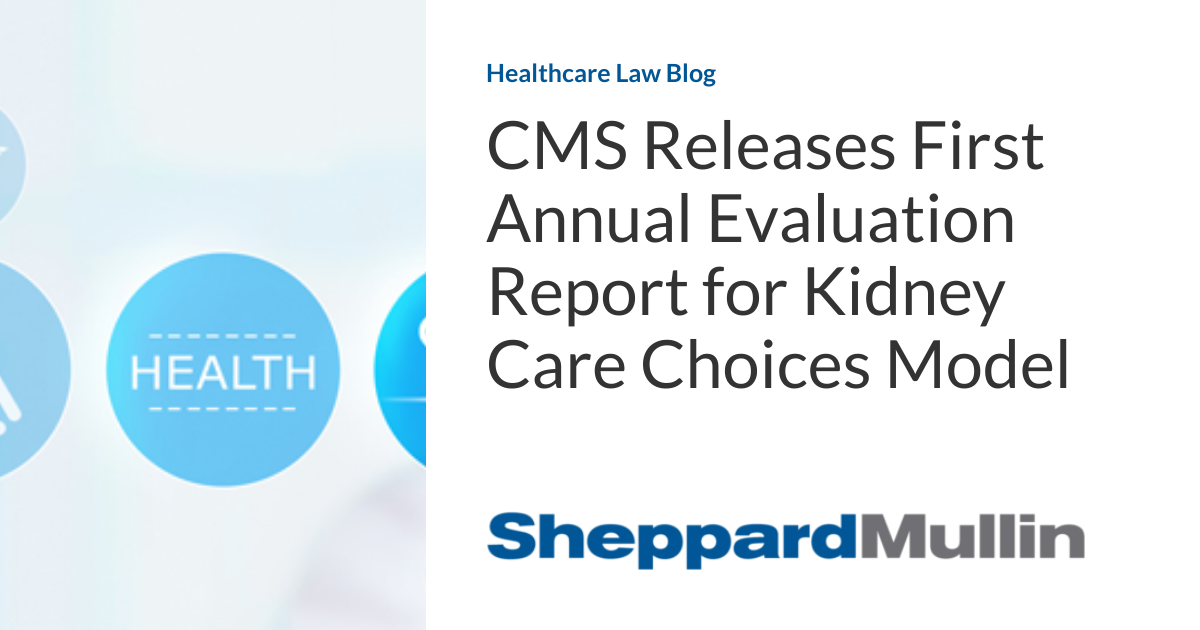The plight of women suffering from osteoporosis associated with pregnancy is highlighted within a recent article in the British Medical Journal (BMJ). This condition can lead to spinal fractures and permanent disabilities. The article suggests that women are not being properly diagnosed through a lack of awareness by doctors and because of discrimination.
Legal claims in this area may be complex to prove, particularly owing to the fact that there is a lack of NHS or National Institute for Health and Care Excellence (NICE) guidelines on the condition.
Pregnancy associated osteoporosis (PAO) commonly affects bones in the spine, or sometimes in the hip, and causes the bones to fracture easily around the time that a woman gives birth. According to the Royal Osteoporosis Society (ROS), breaks usually occur during birth or in the following eight to twelve weeks and the condition generally affects a woman’s first pregnancy. The ROS states that it is unclear what causes the condition, although some experts have suggested that pregnancy may trigger a sudden and unusual reaction in previously healthy bones.
There is evidence that certain medications can negatively impact bone mineral density, which is a risk for the development of PAO. These include anticoagulants such as heparin and corticosteroids. Those with a history of osteoporosis themselves or within their family may be at greater risk, along with those who have a low BMI or low calcium or vitamin D levels. It is essential that doctors treating women who present with severe back or hip pain in or after pregnancy are well aware of the potential for PAO.
Misdiagnosis is common
As back pain is a common complaint during and after pregnancy, serious spinal pathology can go undiagnosed with possibly life changing consequences. Doctors may attribute symptoms to usual pregnancy related pain. It is also well documented that there are challenges around discrimination in terms of meeting women’s health needs. PAO can arise out of the blue in women who have no history of back or joint pain, and this could be another reason for delays in diagnosis. The BMJ article further raises the possibility that women may struggle to be correctly diagnosed because they are often seen by clinicians in areas such as obstetrics who may not have in-depth knowledge of rare bone conditions.
According to a factsheet presented by the PAO Patient Group UK and available on the Royal College of Nursing website, women have repeatedly reported that their pain was dismissed or misdiagnosed and this resulted in further injuries to both mothers and babies. PAO mothers have even reported dropping their babies due to the severity of their pain.
Imaging is needed
Clinical indicators of PAO include severe back pain and height loss in late pregnancy or shortly after birth, but diagnosis can only be confirmed using radiography or MRI to reveal fractures and, where possible, by obtaining a bone density scan (DEXA) to show low mineral density.
However, the BMJ article highlights that women with the condition report being denied radiography post birth because they are breastfeeding, or simply because they are of childbearing age. Because of this, it is said that some women end up paying privately for radiography or MRI to prove they have fractures.
Living with spinal fractures can be excruciatingly painful. Women often feel extremely vulnerable in the period after giving birth when there are considerable demands upon them, both physically and emotionally. Then to be left with undiagnosed spinal fractures could cause significant long-term psychological as well as pyshical harm.
As matters stand there are no National Institute for Health and Care Excellence (NICE) guidelines on PAO. This needs to be addressed as a priority in order increase awareness and clarify treatment routes. Yet again early diagnosis is the key to preventing severe and long-term injury.
Legal claims
Where there have been failures in the medical care provided, such as a delay in diagnosing a condition like PAO, and this has led the patient to suffer significant injury, or caused their condition to get worse, then there may be a claim for clinical negligence.
There may also be a claim if there were failures surrounding the prescription of particular medications which then contributed to the development of PAO. However, any delay in diagnosis or other alleged failing by a medical professional must be shown to be negligent – that the care provided was below a reasonable standard.
In effect, it has to be shown that a reasonable professional would have taken other action and that this would have led to a better outcome. The fact that there is a lack of NHS or NICE guidelines for medical professionals regarding PAO could potentially make proving this all the more difficult.
Inevitably claims in this area can be legally and medically complex. The team at Kingsley Napley specialises in spinal injury claims and is highly experienced in dealing with the most challenging cases.

Further information
If you have any questions regarding this blog, please contact Kirsty Allen in our Medical Negligence and Personal Injury.
About the author
Kirsty Allen is a highly experienced medical negligence solicitor who undertakes a wide variety of cases with particular specialisms in child cerebral palsy and adult brain injury cases, fatal claims, loss of sight cases, as well as failure to diagnose cancer and gynaecological claims.




















